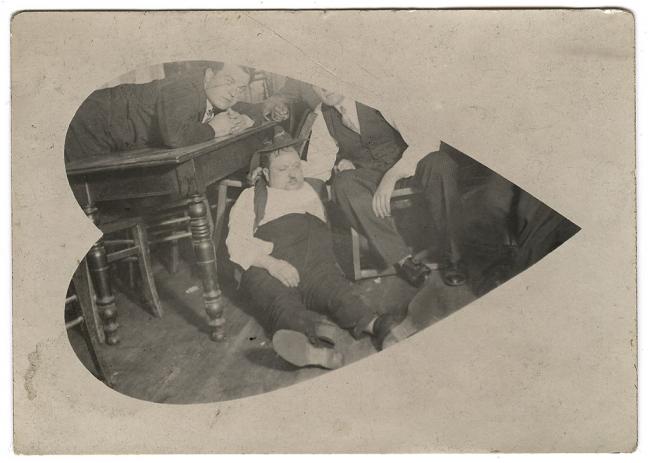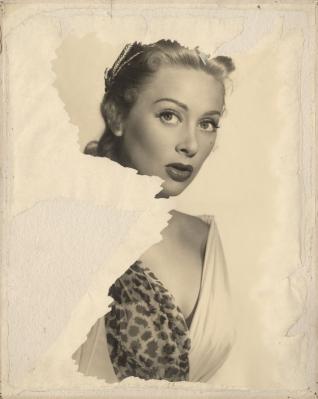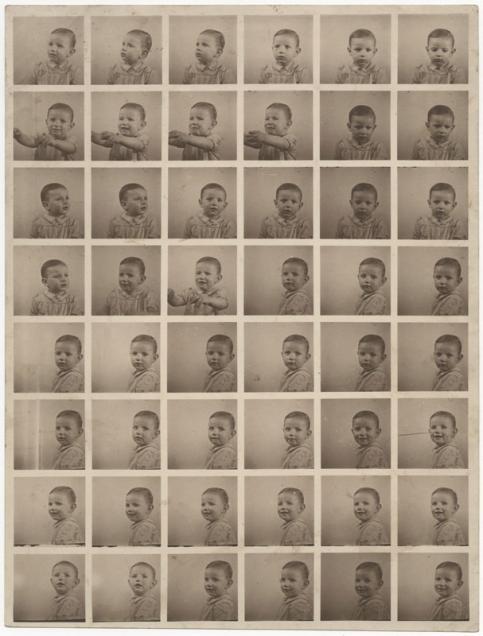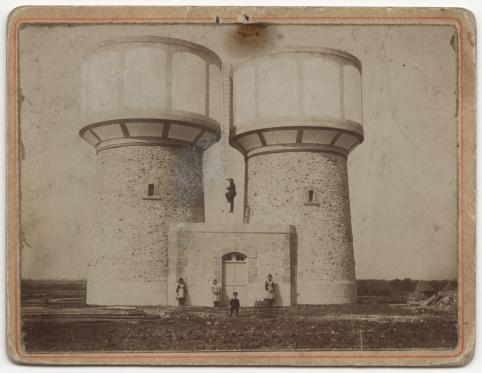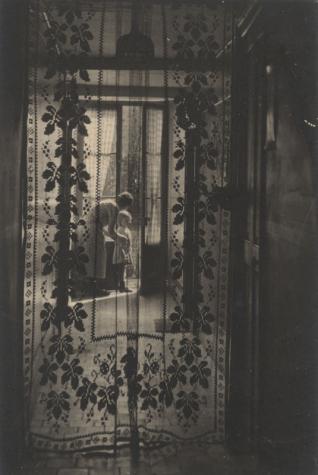The photos we don’t throw out anymore…
The donation of Patrick Bailly-Maître-Grand’s private collection
06 15 ... 09 15 2013
The museum is holding an exhibition of the donation made by the artist Patrick Bailly-Maître-Grand of a collection of various photos, picked up here and there and anonymous for the most part. It includes amateur and professional photographs from all eras and depicts the psychological profile of the collector posing the question of the ultimate destination of these images which appear to be ordinary at first glance but whose evocative and aesthetic power means they are preserved for posterity. The exhibition explores the “sacred” character of photographs that retain something of the living which prevents their being consigned to the dumpster.
So-called anonymous photographs are the molecules of an ocean of visual clichés, banalities, standardised social codes, and a hackneyed aesthetic. They show no more than what we already know of aesthetics, of time passing, of death: beautiful sunsets, birthday cakes, memories of Ibiza, granny in the garden, my shiny motorbike, etc. etc.
How is it that today they garner such attention and are displayed in our galleries and museums which, by definition, only show that which is rare? Elementary my dear Watson: this mud contains gold! Paper pumpkins hide golden carriages, glass slippers lie in rubbish bins…
All collectors of anonymous photographs know that there is nothing quite as depressing and as exciting than hours spent rummaging through soggy shoeboxes full of fragile vignettes, only one step away from the dump. But the reward is exceptional when, amongst the chaos, the collector comes across the sublime accident, the magical fault, the essential unseen gem!
Collection in this area is but the expression of one’s own fantasies of the « hunter of chance ». Luckily, the hunter has nothing to fear from other « hunters » as they are only interested in their own prey. In a batch where one will find a gem, others will find nothing. One only sees what one knows; the emotion felt upon the discovery of one of these treasures results from the collector’s personal knowledge and culture. A collection of anonymous photographs is an authentic psychological and cultural portrait of the collector.
And what if there was a catastrophe in the making? With the triumph of new digital technologies (without any physical trace on ever-evolving equipment), it is not at all certain that our jumble sales of tomorrow will still have « hunters » to worry about the fate of our old, obsolete and unreadable CDs where the only information will be written in marker: “Ibiza photos. 2010” …
Patrick Bailly-Maître-Grand
